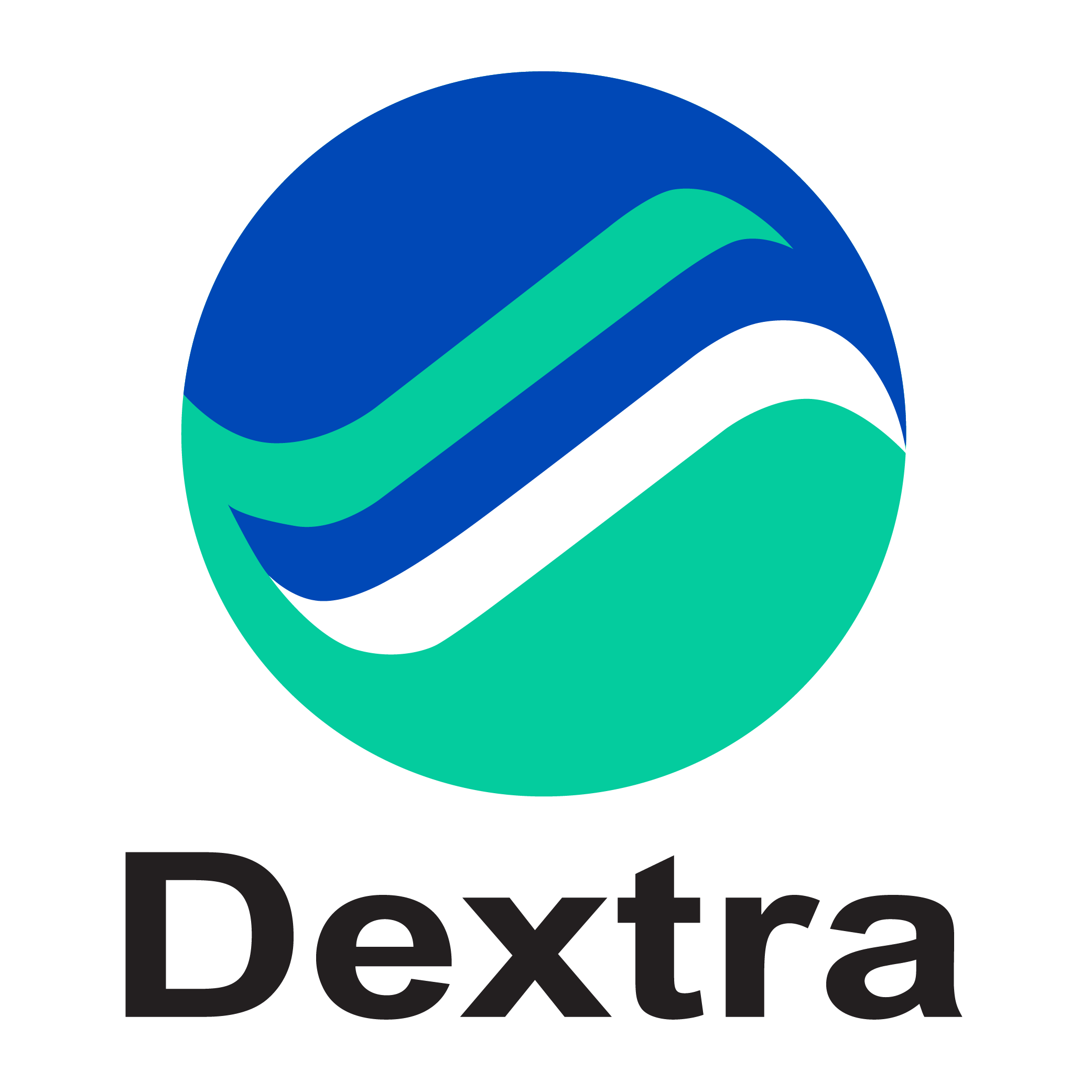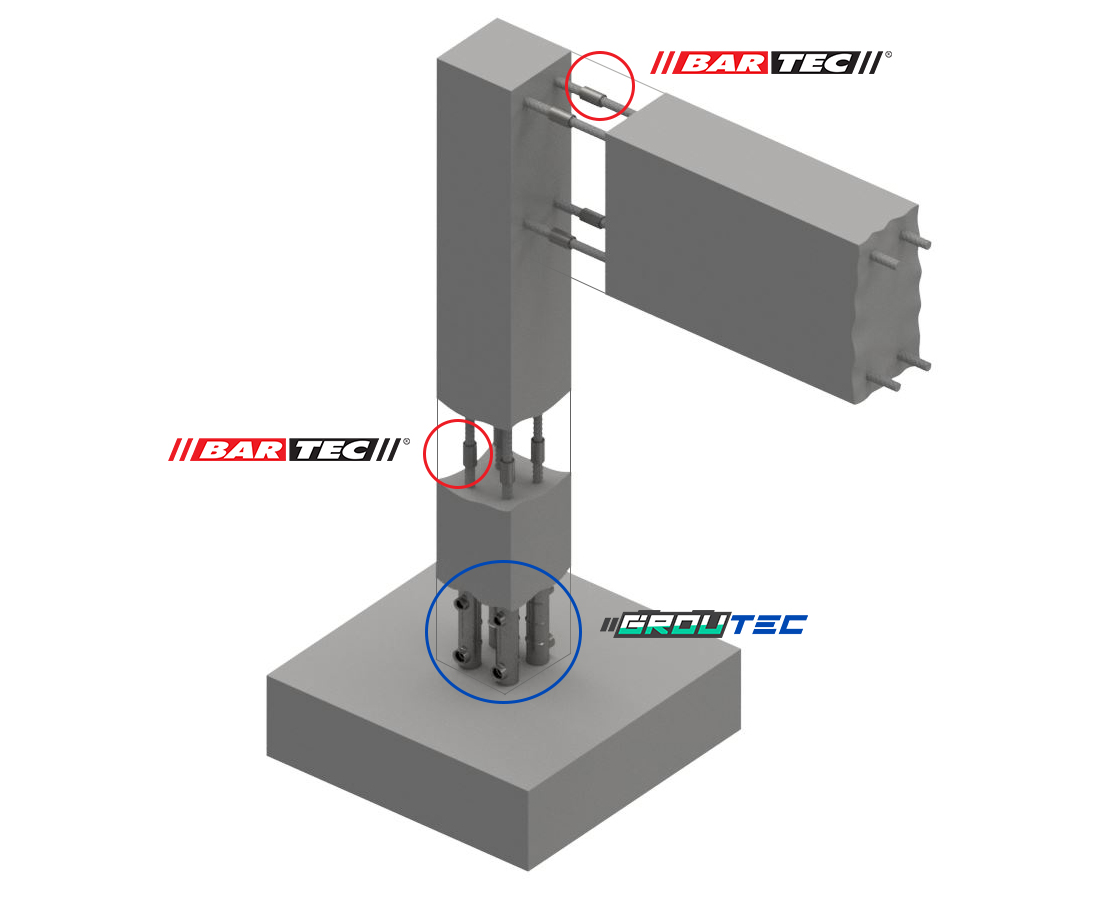Atomkraftwerk Kakrapar 3 und 4
Das Atomkraftwerk Kakrapar ist ein Kernkraftwerk in Indien, das in der Nähe der Flüsse Surat und Tapi im Bundesstaat Gujarat liegt.
Bei den Blöcken 3 und 4 handelt es sich um Indiens erstes Paar von in Indien entwickelten Hochdruck-Schwerwasserreaktoren (PHWRs) mit einer Blockgröße von 700 MW in Kakrapar in Gujarat, wo bereits zwei Blöcke mit 220 MW-PHWRs in Betrieb sind.
The first concrete pour for Kakrapar 3 and 4 took place in November 2010 and March 2011 respectively, after Atomic Energy Regulatory Board (AERB) approval.
Since then, Dextra had supplied 540,000 Bartec rebar couplers, to connect slabs and columns of reactor and control buildings.
Moreover, Unitec bolted couplers were installed to connect rebars without the need of any thread preparation.
Finally, headed bars were mounted onto the reinforcement bar end, drastically reducing rebar congestion.
The commercial operation of Unit-3 is expected to be in March 2021 while its twin unit, Unit-4, is anticipated to start a year later.
Bildquellen: https://en.wikipedia.org/wiki/Kakrapar_Atomic_Power_Station, https://www.nucnet.org/news/kakrapar-3-indigenous-phwr-achieves-first-criticality-7-3-2020, https://www.asiavillenews.com/article/a-look-at-the-kakrapar-3-reactor-54367
















